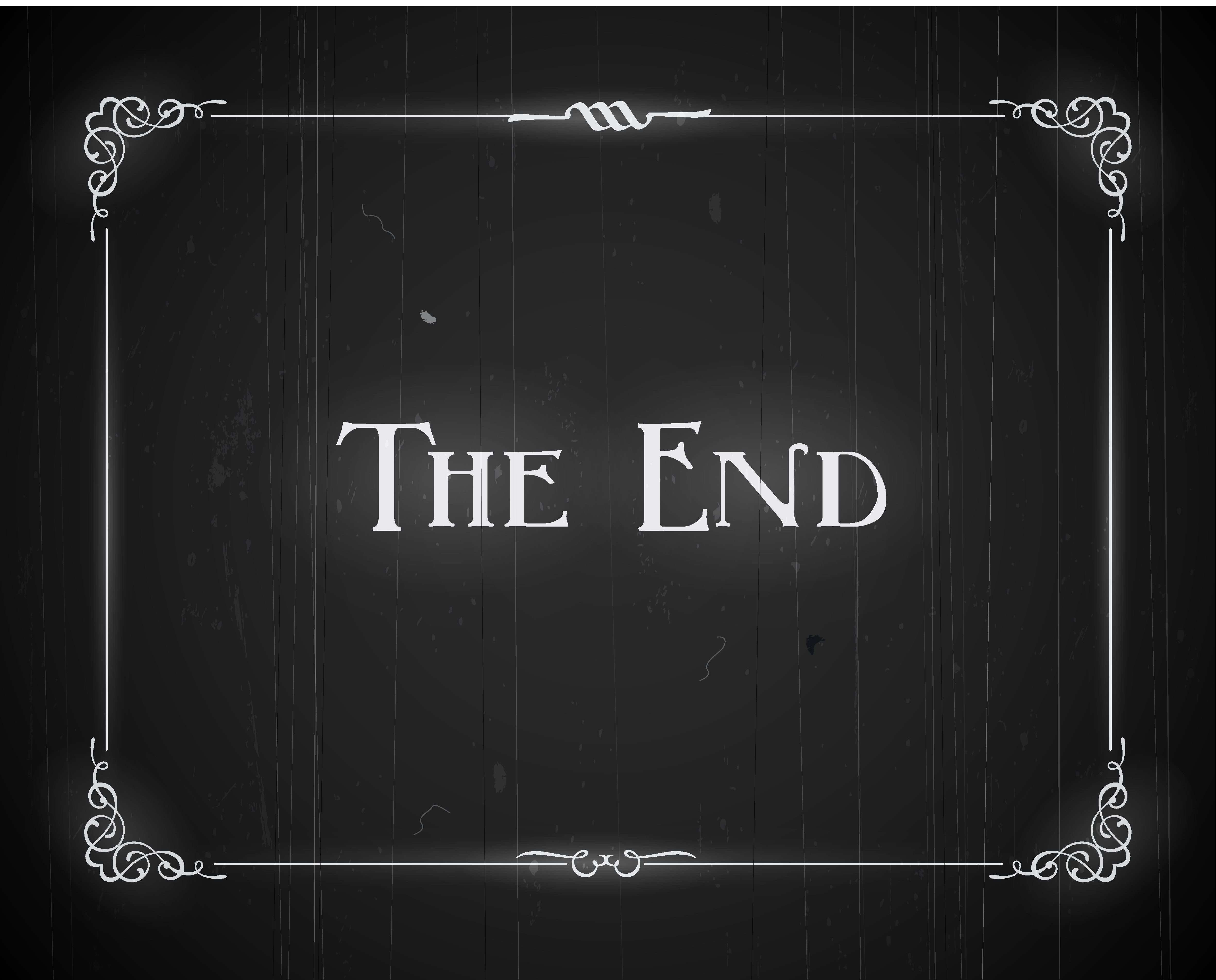Smoke and Sentiment—Theme and Symbolism in Creative Writing

By Michelle Barker
Nothing causes flashbacks of high school English class quite like a discussion of theme and symbolism. Just a mention of those two words has most people flinching and running for cover. So… bear with me. This is not high school English.
Both themes and symbols can be prickly creatures to deal with. Authors disagree over their usefulness. Some believe the idea of imposing a theme on your work makes it too simplistic, while others say that without a theme, your novel risks being pointless—and rudderless.
As for symbols, they can be a useful tool to have in your toolbox… if they’re handled with care. They can bring out the theme in subtle (and not so subtle) ways. That’s what makes them both great and problematic.
So what?
One of the reasons theme is so scary is because it forces us to ask what may be the most terrible question about our work: So what? Why did the reader shell out twenty bucks for this novel? Why did trees have to die? What are you trying to say in these three-hundred-odd pages?
That’s the first distressing thought.
The second is that you might not know the answer to that question until you’ve written an entire draft. Even then, you could be wrong. Often, we don’t recognize what we’re doing until another reader points it out to us.

If you’re already panicking, I suggest taking out pen and paper and doing some journaling. Ask yourself: why did you start writing this novel? What makes you passionate about it? What is it actually about? That might bring you closer to your theme.
And here’s something that will take the pressure off: your theme probably won’t be original, so don’t worry if you come up with a thematic statement like “Forgiveness heals,” or “Great power brings great responsibility.” Duh, right? The originality will be in how you illustrate that statement in your story.
Notice that theme is not just one word, like forgiveness. It’s a one-sentence statement. That’s what you’re looking for when you’re investigating the theme of your story. You’re making a statement about forgiveness, or knowledge, or power. You’re giving your opinion.
Notice also that it’s not a logline. Loglines are about plot. Theme answers the question why should anyone care?
But…
You knew there would be a but.
Some authors assert that if you can reduce your novel to a simple aphorism, you are likely not doing it justice. In his book, Troubleshooting Your Novel, Steven James suggests that instead of delivering a thematic lesson, consider the novel as a tool for exploring the human condition through conflict. He offers the idea of theme as a meaningful dilemma rather than a statement. In this way, you’ll avoid the greatest danger in handling theme which is to make your novel sound like a message.
Another way to come at theme is behavioral. Watch how your protagonist interacts with other characters. What do they have to learn over the course of the novel? What are they doing wrong that they eventually figure out how to do right? There’s your theme.
Should a Theme Be Planned in Advance?
This turns out to be a tricky question.

If you do plan your theme in advance, there’s a good chance it will feel heavy-handed. If you don’t, there’s a good chance you won’t know your protagonist’s goal. That goal is the engine that moves the story forward. Without it, there’s no plot.
That said, I often discover who my protagonists are over the course of writing the first draft. Even if I plan out their characterization in detail before I start, the characters only come alive in the writing itself, and often they do things I don’t expect. It’s called a discovery draft for a reason.
Maybe that’s why I end up writing so many drafts before I get it right. But that’s my process and it’s what works for me.
Other authors recommend figuring out your theme first and then using it as a beacon to light your path through the draft.
How you get to the end doesn’t really matter. What matters is what it looks like once you’re there. If you’re ramming home the theme so often it feels more like an agenda, you’ll have to dial it back. On the flipside, if your reader puts down the book at the end and says, what was that long meandering thing even about? then you might have to do more work to turn the story into a cohesive whole that actually says something. And theme might not even be at the root of the problem: a lack of causal connection might be more to blame.
Theme creates cohesion in a story. It’s the glue that makes the pieces fit together. But it can very easily be overused.
I think we can aim for a best of both worlds solution by offering a thematic statement in our novels that explores human behavior in all its complexity and by focusing on asking questions with our work rather than providing the reader with answers.
Don’t Symbols Exist Just to Give English Lit Professors Something to Talk About?
Symbol can be a powerful series of images that underscore your theme. They can change over the course of the novel in ways that do a lot of work for you. A scarf that appears, then gets lost or torn or stolen, then reappears somewhere else, can carry great meaning.

Some symbols, however, are already so pervasive in society that they start to feel clichéd: the dark and stormy night, the red rose, the dove. You have an opportunity to bring freshness to your work by using imagery in unexpected ways. Why not take advantage of it?
Whether we realize it or not, we’re wired to think in symbols. After you’ve written a first draft, there’s a good chance you’ve already buried symbols in your work without even knowing it. In A Passion for Narrative, Jack Hodgins suggests approaching your draft like a farmer plowing a field. Do some digging. Pay attention. See what rises to the surface without forcing it. It will likely be subtle, but once you’ve found the symbols that are already there, you can bring them out a little more.
Emphasis on a little more. You don’t want to be heavy-handed. Remember that reading is a process of discovery. The reader enjoys trying to figure things out, putting clues together. That’s part of the fun of reading. Waving your symbols at the reader to make sure they notice them is a guaranteed way to turn that reader (or agent or editor) off.
In many instances, all you want is for readers to notice the symbols exist.
You Have One Job
Readers are smart. They catch on much faster than you expect, and they don’t need to be bashed over the head with themes and symbolism.
They’re also not reading your novel to be taught something. That’s what non-fiction is for. Readers come to fiction for the story.
In the end, you have one job: don’t be boring.

Michelle Barker is an award-winning author and poet. Her most recent publication, co-authored with David Brown, is Immersion and Emotion: The Two Pillars of Storytelling. Her fiction, non-fiction, and poetry have appeared in literary reviews worldwide. She has published three YA novels (one fantasy and two historical fiction), a historical picture book, and a chapbook of poetry. Michelle holds a BA in English literature (UBC) and an MFA in creative writing (UBC). Many of the writers she’s worked with have gone on to win publishing contracts and honours for their work. Michelle lives and writes in Vancouver, Canada.







